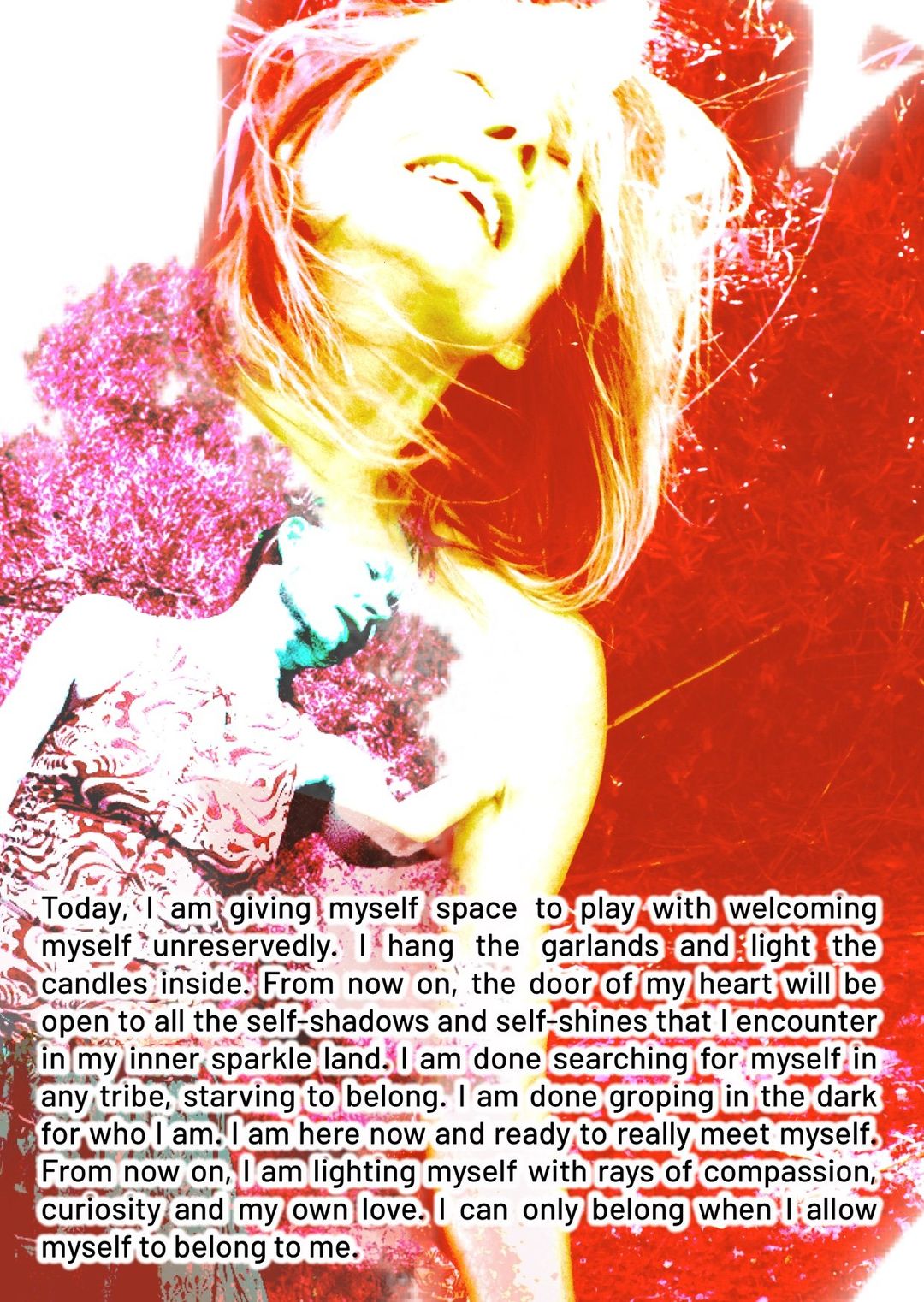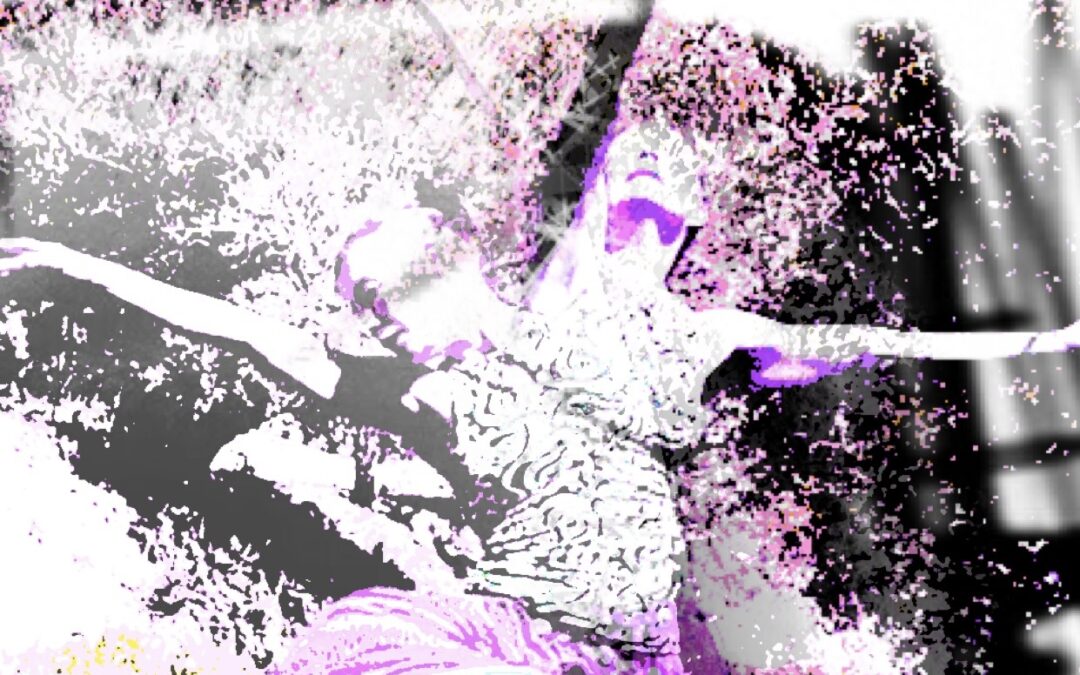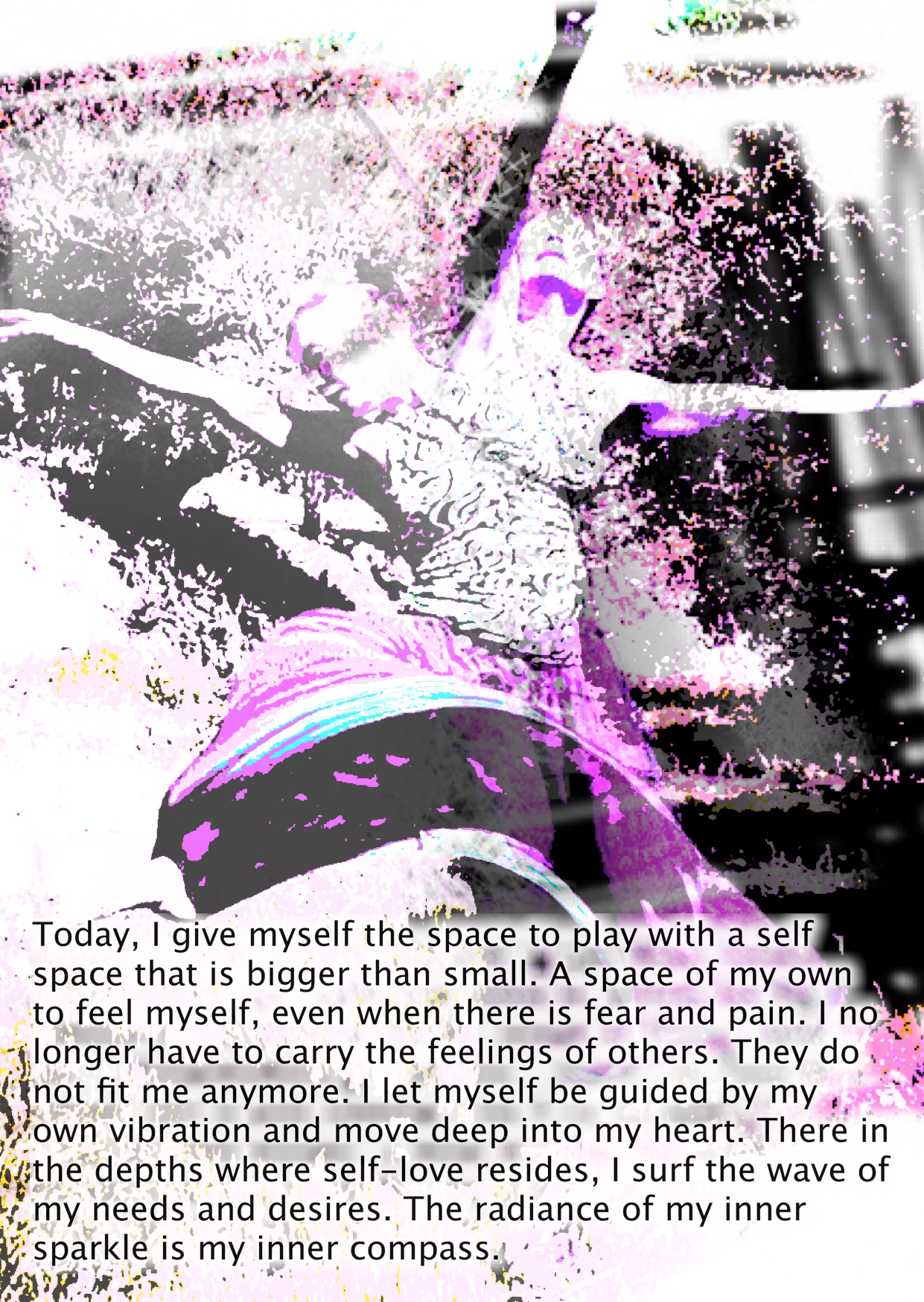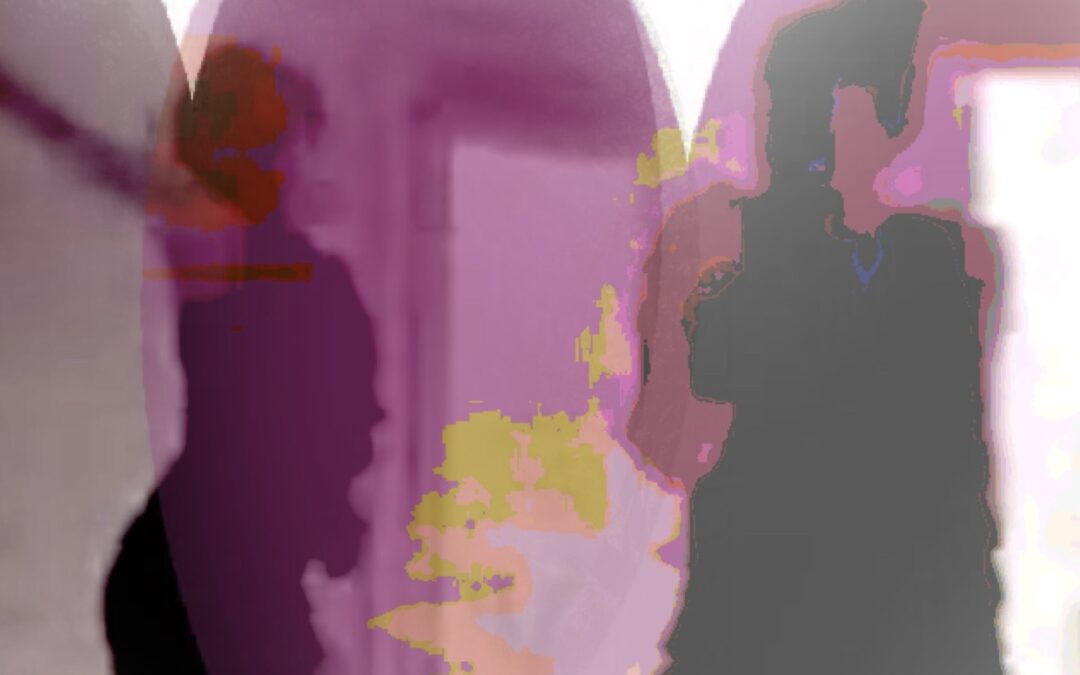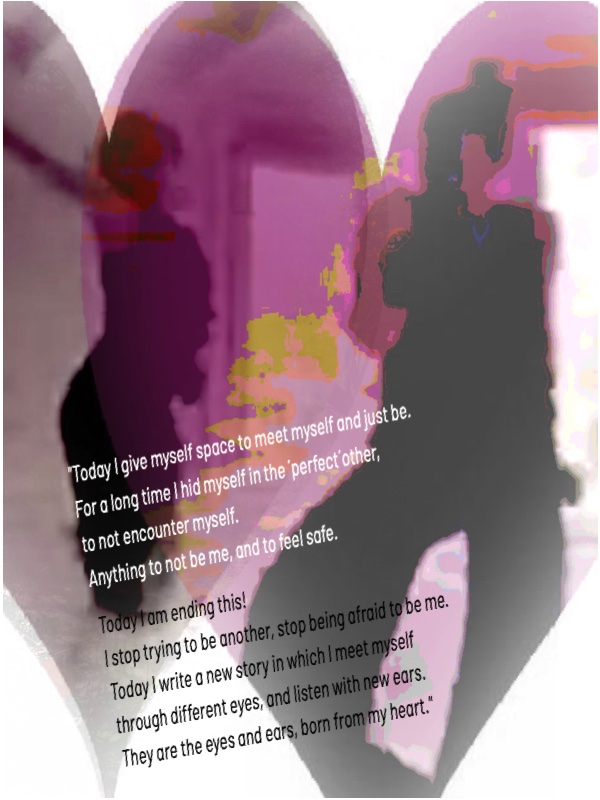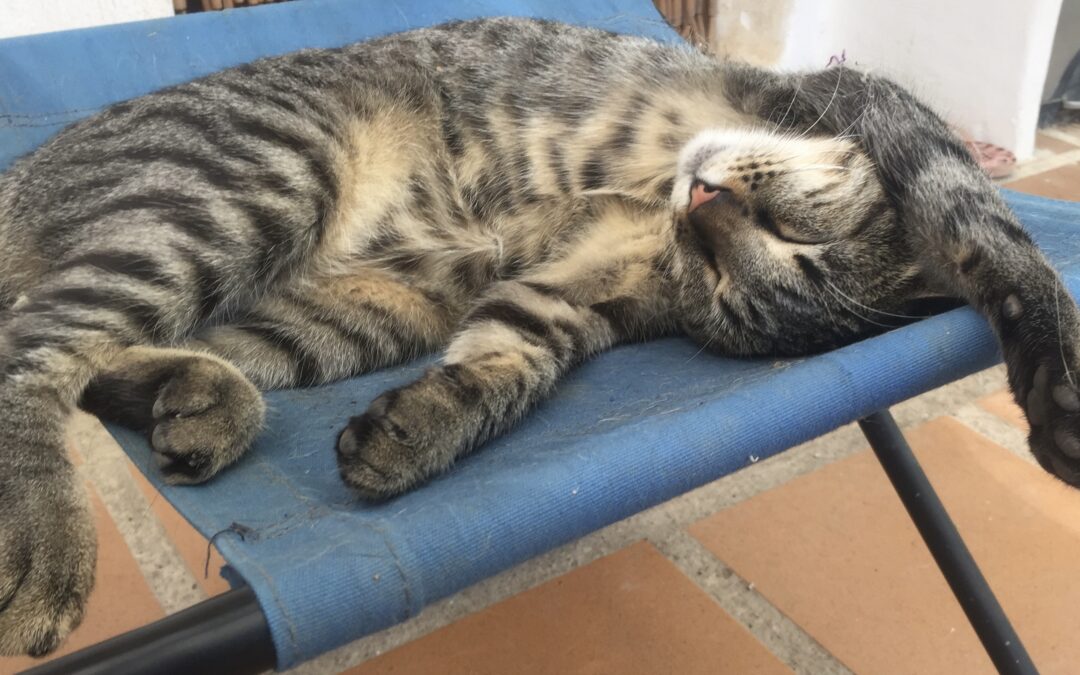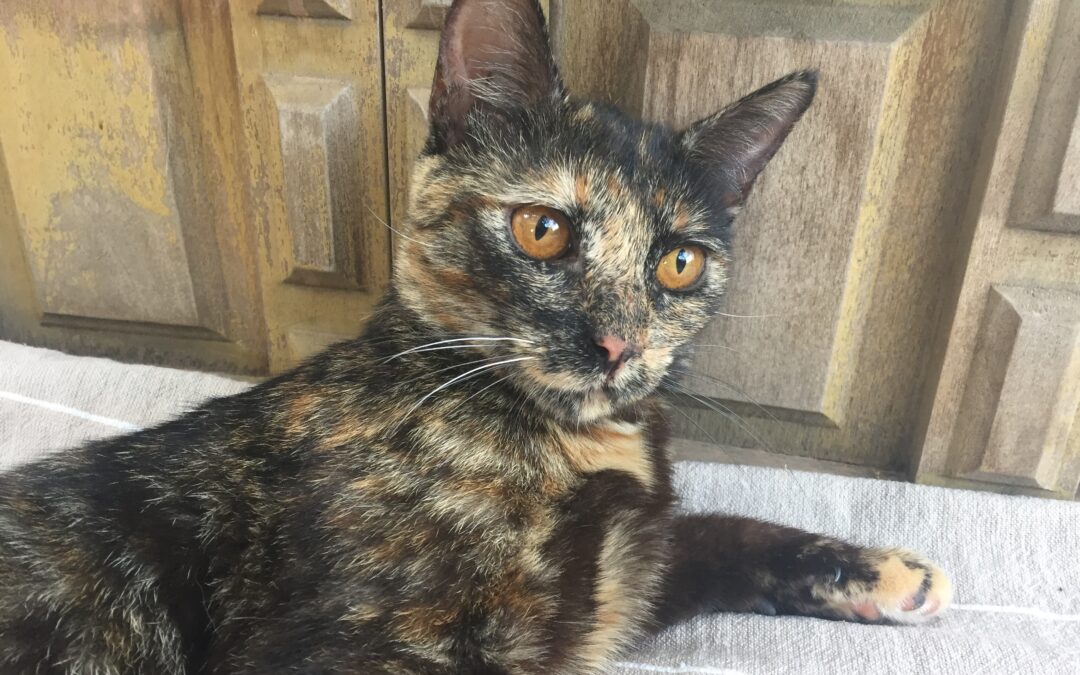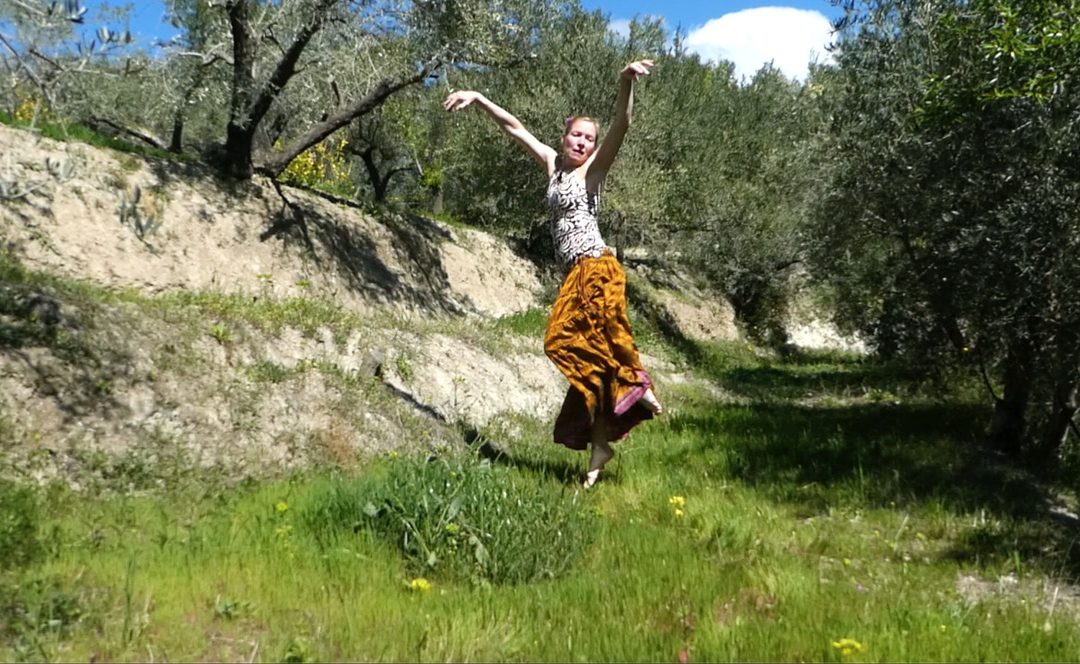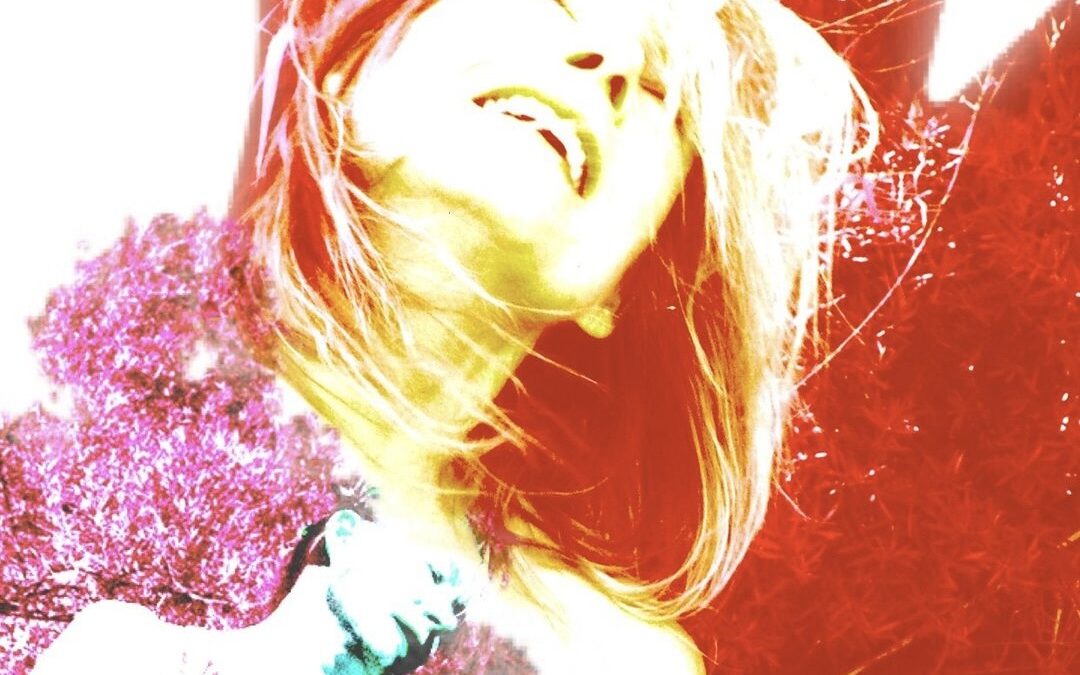
Rooting in yourself
In my retreats at Jardin de Luz, I often include one or more Chakradance sessions.
While dancing through the base chakra myself, I came upon the themes of belonging and birthright. I know that there are many people who struggle with a deep feeling and belief of not being welcome, not being wanted, or feeling that they have no right to be there, to exist. There often is a fear of feeling the intense emotions that these deep experiences and beliefs bring into the body.
I struggled with it myself. And it caused me to feel deeply insecure and anxious about who I was. I worked hard to feel accepted by others, and to avoid pain. I used to have a strong inner voice constantly alerting me to possible signs that no one was waiting for me, and that I was not wanted. I was hyper-vigilant and sensitive. I was constantly aware of my surroundings, other people’s emotions, the energy around me, and another person’s slightest (inner) movement. At the slightest thing, I shot out of my body like you might jump up from a chair startled when stung by a wasp.
Thankfully, this lonely, fearful time has long passed. I have found a warm home within myself, within my body. Six months after I moved to Spain and a few months after I completed the Chakradance facilitator training, I wrote a few lines about it that you can read below.
For me, connecting and working with the archetypal energies that flow through my body and circulate in my energy field helped me find peace within myself and grounding in my body. From this safe base in my body, I can feel myself, be myself in new encounters and relationships. And in challenging moments, I now also feel the inner support and safety of my body.
Why can it be so powerful to work with archetypes creatively as we do in Chakradance?
Archetypes are the basis of all the underlying, unlearned, instinctual patterns in our behavior. They exist in our human collective consciousness and are embedded in our psyche from which they influence how we move through life and perceive, feel, think, and act.
Dance is like a mirror in which we see the archetypal energies at work in our energy system. We can clearly feel where they bring imbalance and distortion to our energetic make-up. It offers us a conscious way to connect with these archetypal energies and change how and where they affect us.
In this way, deep instinctual patterns in our behavior get a chance to transform. This changes not only our perceptions for the better, but also how we feel, think, and move in relation to others and our environment.
“I can only belong when I allow myself to belong to me”
Dancing with your base chakra ‘Muladhara’, helps you dissolve deep beliefs of not fitting in, of being alienated from your body, and feelings of fear, overwhelm, and insecurity. In fact, even longstanding patterns of physical tension and e.g. back pain can be released when the energy of the base chakra is better balanced. It also changes the vibration in your energy field and therefore the way other people perceive you.
